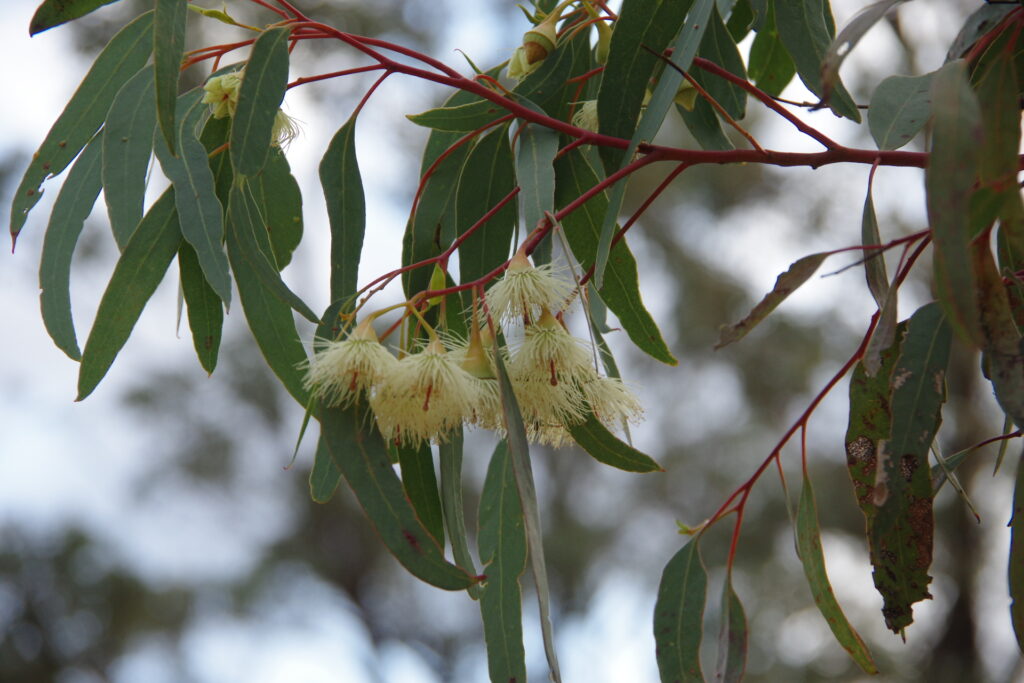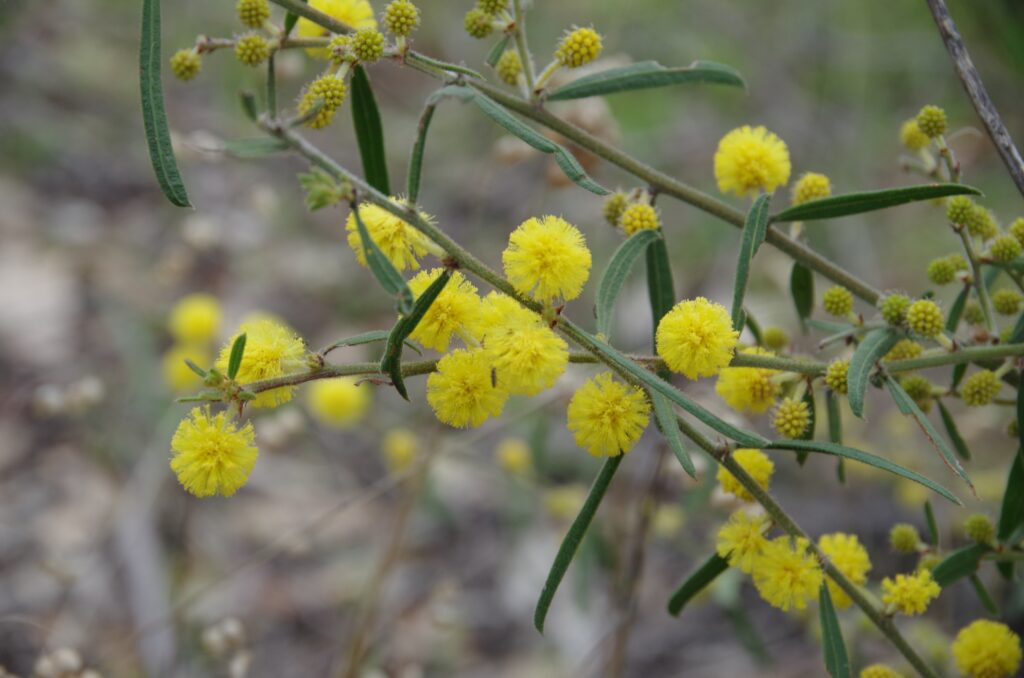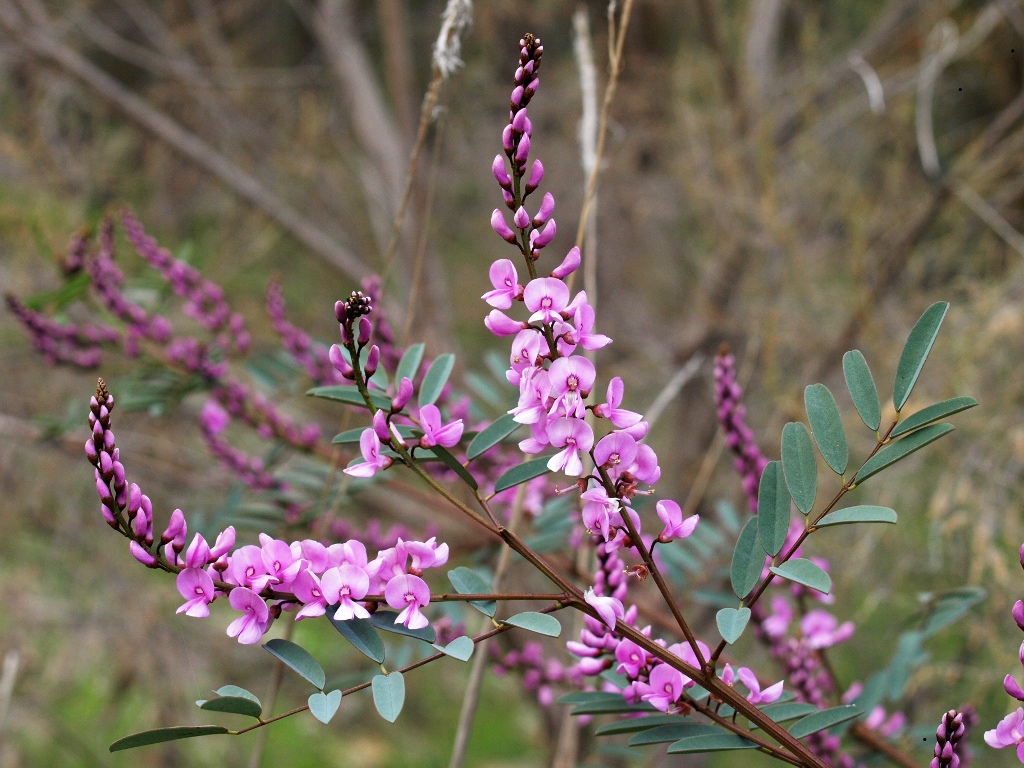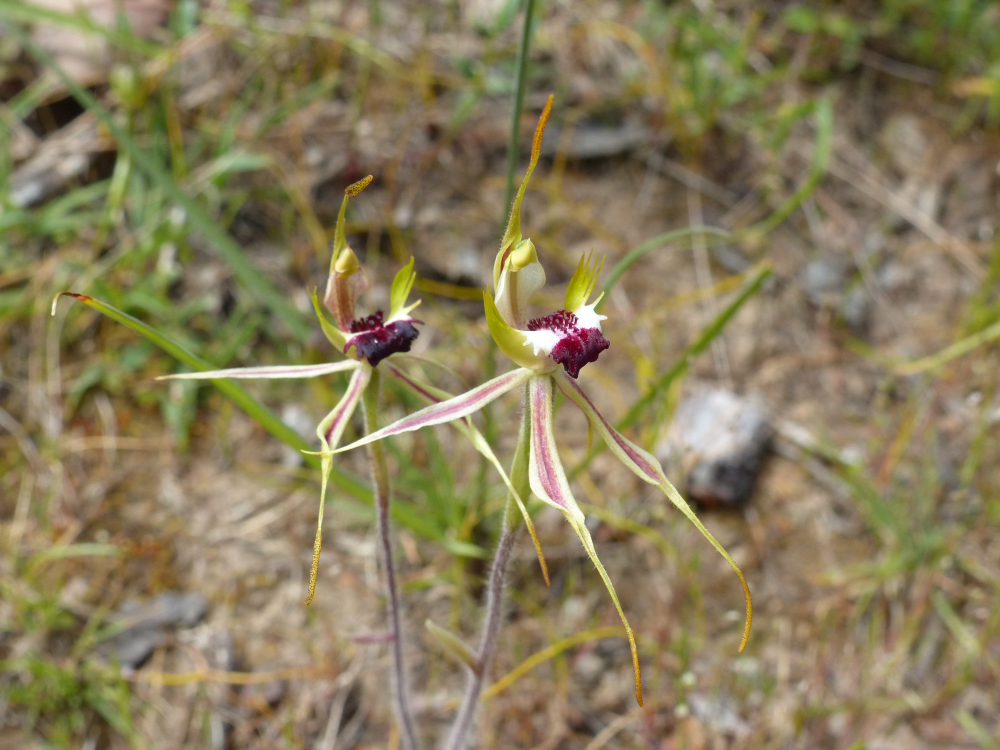Our website castlemaineflora provides a comprehensive guide to the flora species of our region produced by the late Ern Perkins. This site is particularly useful for those wanting to identify the plants that they find.
The Kingdom, Plantae (flora) is well represented in the Mount Alexander region with over 1200 species of vascular plants recorded in the wild.
The main native forest trees in our region are the Eucalypts. Most forests have several species forming the canopy. On the drier hills these are usually various species of box, Yellow Gum and Red Stringybark. Towards the north of the region there are stands of Red Ironbark with its distinctive hard black bark. Along the creeks and on some slopes there are River Red Gums. Further south and at Mt Alexander in the higher and wetter areas other taller species start to appear including Manna Gums, Candlebarks and Messmate Stringybark.

The EUCLID key to Eucalypts of Australia is a Lucid key that is easy to use either online or as a phone App.
Wattles, Acacia spp., are plentiful, mainly as understory shrubs and small trees although Blackwood can grow into a large tree when conditions are right. Peak flowering for wattles is in spring but you will always find some wattles in flower in any month of the year.
Wattle – Acacias of Australia is a Lucid key that is easy to use either online or as a phone App.

Another major group is the pea flowers. Members of this family are easily recognized by their distinctive flowers and seed pods although identification to species level takes some practice. Most members of this group flower from July to November.
The Pea Key from the Australian National Botanic Gardens is another easy to use Lucid key. It is only available via the web site.

Our area is home to many terrestrial native orchids. Many of these can be found flowering in spring after which the aerial parts die back to an underground tuber. A few species flower at other times of the year although you are unlikely to find many in the first few months of the year.

You can find out more about our local flora at our castlemaineflora website which shows most of the flowering plants, pines and ferns that you are likely to come across when travelling around our region. The Friends of the Box-Ironbark Forests have produced excellent, pocket-sized field guides to the local Eucalypts, Wattles, Peas and Mosses.
Many of our plants have limited distributions, or are rare or threatened in some way. More information about these may be found in our brochure: ‘Rare, Threatened and Endangered Plants of the Castlemaine District’.